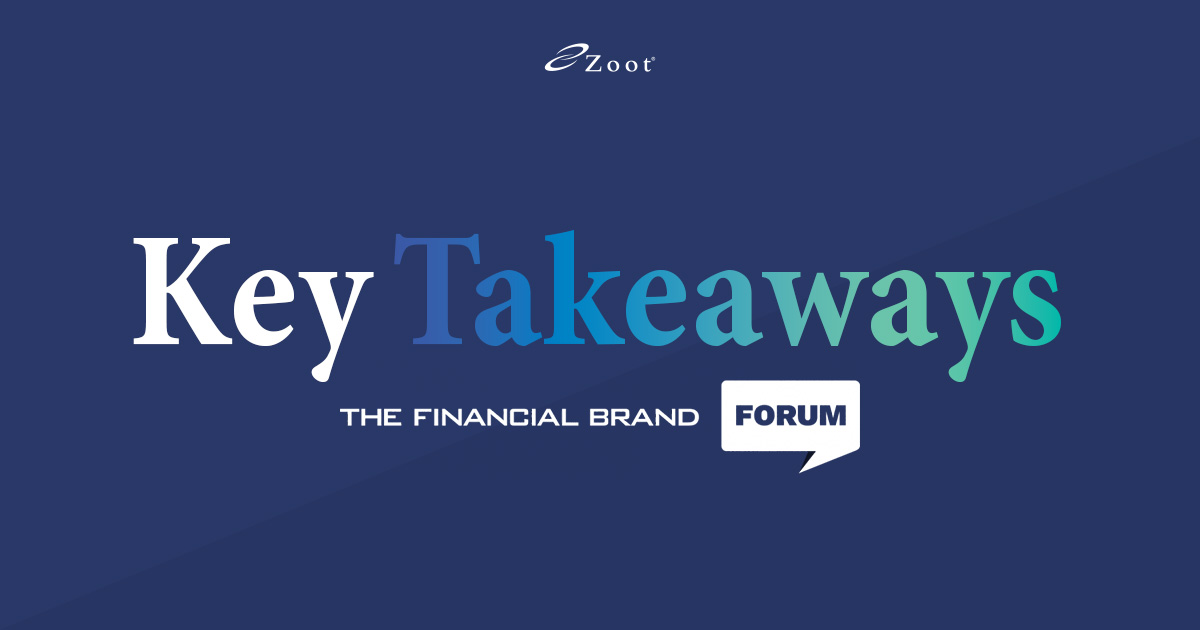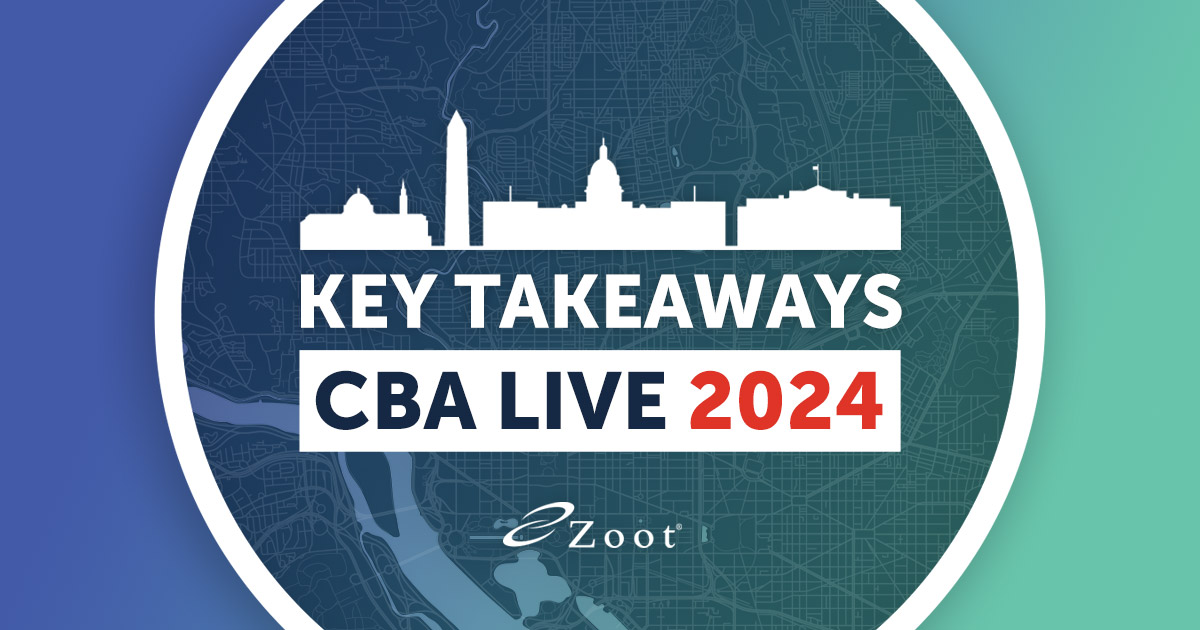Merchant fraud victimizes consumers and financial institutions. Techniques to scam banks and cardholders continually evolve, requiring ongoing evaluation of prevention tactics by the financial services industry to minimize the impact.
Currently, some of the most prevalent forms of merchant fraud include:
 Bust Out Fraud
Bust Out Fraud
Fraudsters open bogus merchant accounts allowing them to accept credit card payments. They set up an online store, selling non-existent goods to cardholders who assume it’s a legitimate business.
The fraudster pockets the funds then transfers them to a different account. Oftentimes, they quickly use the cardholder’s account information to make multiple, fraudulent purchases.
By the time the cardholder realizes what has occurred, the scammer has “busted out” – shutting down the bogus shop and vanishing.
 Transaction Laundering (Factoring)
Transaction Laundering (Factoring)
A fraudulent company processes payment card transactions through the merchant account of a real business. The real business processing the transactions generally is categorized with a low-risk merchant code.
Certain industries are labeled as high-risk – operating under more stringent regulations with substantially higher transaction costs (e.g., subscription payment models, gambling sites). Laundering payments through a low-risk merchant account allows maximum proceeds while avoiding regulatory limitations.
 Triangulation Fraud
Triangulation Fraud
Party of 4:
-
- innocent buyer
- a victim of credit card theft
- legitimate merchant
- scammer/middleman
The cardholder places an order from a fraudulent, fake storefront that is offering goods at exceptionally low prices.
The scammer accepts payment for the order (while gaining access to the cardholder’s account information).
To avoid or delay detection, the scammer orders the item from a legitimate merchant – using credit card information stolen from a previous victim. They have it shipped to the cardholder who placed the order, while pocketing their money.
 Identity Swap
Identity Swap
To circumvent AML (anti-money laundering) compliance programs, a fraudster opens a merchant account for an online store. The store may be “legitimate” in that they actually sell items.
But, the store may also process payments from illicit parties for non-existent goods listed on the site. In reality, these payments are for illegal activity (e.g., drug-related, human trafficking, or other organized crime activities).
Identity swap is also be used by businesses that are prohibited from opening merchant accounts – to avoid watch list detection, evade taxes, or by merchants in countries under economic sanctions. Although it may be for a legitimate business enterprise, the merchant account is set up with fraudulent identities.
This is distinct from transaction laundering, in that the fake merchant is trying to launder funds acquired from illegal activities.
 Business Model Swap
Business Model Swap
A bad actor opens a legitimate business, representing it as a low- to moderate-risk payment model or operation. Once the merchant account has been established, the business shifts to a high-risk model or category without the knowledge of the acquiring institution.
Merchant Fraud Prevention
Due diligence is at the core of merchant fraud prevention. And the onus lies not only with acquiring banks, but also vendors and legitimate merchants. The importance of the Know Your Customer (KYC) and Know Your Business (KYB) tenets cannot be understated in the current global economy.
Account Origination
Ideally, credit card processors would be able to identify fraudulent merchants at the time of acquisition. Due diligence at merchant onboarding remains the most effective way to prevent financial crime. Deploying advanced technology powered by accurate, timely data arms acquiring banks with the tools they need to minimize opening fraudulent accounts.
Verifying and validating business information during account creation helps prevent fraudulent entities from gaining an account before they perform any transactions.
Relationship Monitoring
Even with flawless origination execution, the risk for merchant fraud remains high. Regularly reviewing merchant activity is key to catching merchants that have facilitated account swaps or factoring and identifying potential fraud.
The direct and indirect costs of merchant fraud-related chargebacks, reputation risk, resources consumption, and regulatory penalties and fines can be incalculable. According to the Global anti-money laundering and sanctions survey, global regulators levied $14 billion in fines and penalties for anti-money laundering non-compliance in 20201.
In aggregate, impact on the bottom line is inevitable. The increased costs will eventually be passed on to merchants and consumers, potentially reducing wallet share and limiting a financial institution’s competitive edge.
Zoot’s Merchant Acquisition & Monitoring solution uncovers the good and bad in new and existing merchant accounts. Powerful rules management capabilities provide acquirers with real-time insight to detect current and potential merchant risk. Streamlining risk analysis and investigations with advanced case management provides banks with the agility to prevent losses before they occur.
With Zoot, financial services firms can
-
- measure merchants’ card association compliance
- calculate existing and potential merchant profitability
- predict collusive or fraud-targeted activity
- evaluate the likelihood of existing merchant bankruptcy
- Manage merchant satisfaction by determining attrition risk
Zoot’s solution helps financial institutions to expand their portfolio through acquisition and onboarding of new merchant accounts while delivering outstanding customer experiences to current merchant partners.





